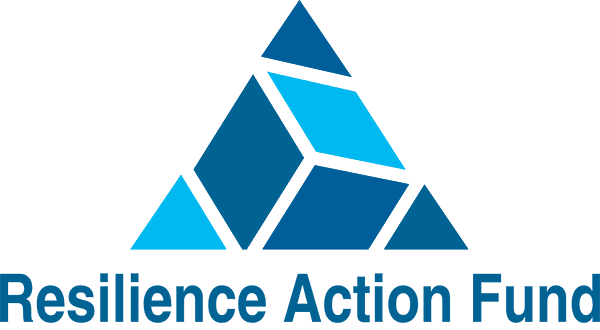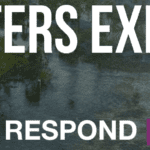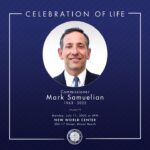[vc_row][vc_column][vc_column_text letter_spacing=”” css=”.vc_custom_1457977920580{margin-bottom: 0px !important;}”]
HALL OF FAME: United Nations
International Strategy for Disaster Reduction
[/vc_column_text][vc_separator color=”sky” align=”align_left” border_width=”10″ el_width=”10″][vc_column_text letter_spacing=”” el_class=”blue-drk”]
The United Nations International Strategy for Disaster Reduction (UN-ISDR) is the leading international body aiming to address disaster risk reduction and building resilience capacity in nations and communities.
[/vc_column_text][vc_column_text letter_spacing=”” el_class=”lead”]
In March 2015 it achieved a major milestone by getting 187 nations to sign the Sendai Framework for Disaster Risk Reduction: 2015-2030. This major international agreement is on a level of importance comparable to the 1992 UN Framework for Climate Change. Although much broader in hazards scope that just climate-related, the Sendai Framework is referenced in the COP21 Paris Agreement, which contained the strongest ever call for climate adaptation.
[/vc_column_text][vc_column_text letter_spacing=””]UN-ISDR’s work has been building-up for over 20 years with two prior agreements, the Yokohama Strategy (1994) and the Hyogo Framework for Action (2005). Strategic focus gradually broadened from humanitarian aid, to disaster response, to disaster risk management and mitigation. In the process UNISDR has engaged a wide range of stakeholders, including governments, businesses and civil society, to pursue its purpose. Its biannual Global Platform for Disaster Risk Management conferences provide a point of reference for setting specific targets and assessing progress. This combines with the biannual Global Assessment Report in documenting issues, challenges and results.
The Sendai Framework contains seven targets, one of which is reducing disaster economic losses. It sets four priorities for action, three of which are understanding hazard risk, private and private investment in greater resilience and ‘building back better’ post-disaster. It makes over 30 references to the private sector, more than any prior agreement. The built environment is addressed extensively, including ‘building better from the start’, using universal design principles, building materials standardization, revising existing standards and developing, implementing and enforcing more disaster-resilient building codes.
To affect the economic drivers of investment, it calls on financial institutions, regulators and accounting bodies to develop standards and integrate disaster risk management into their business and financial models. It asks international and regional developmental banks to consider disaster resilience in their lending practices. Finally it calls on media to take an active role in raising public awareness, disseminate accurate risk information and stimulate a culture of prevention. Unfortunately, compared to other global issues, the Sendai Framework still remains below the radar screen. Media have yet to widely publicize its importance and calls-to-action, and thus the general public remains largely uninformed.
We salute UN-ISDR for boldly raising the banner and seeding a global resilience movement that in the coming decades will change the way governments, businesses and societies invest in and value resilience.
[/vc_column_text][/vc_column][/vc_row][vc_row][vc_column][vc_column_text letter_spacing=”” el_class=”uppercase blue-drk”]
Additional Hall Items
[/vc_column_text][vc_separator][vc_row_inner css=”.vc_custom_1457975183369{padding-right: 10% !important;padding-left: 10% !important;}”][vc_column_inner width=”1/2″ css=”.vc_custom_1457975065940{padding: 25px !important;}”][vc_column_text letter_spacing=”” el_class=”uppercase” css=”.vc_custom_1457977203751{margin-bottom: 10px !important;}”]
Hall of Fame
[/vc_column_text][vc_separator color=”sky” align=”align_left” border_width=”10″ el_width=”10″][vc_posts_grid loop=”size:10|order_by:rand|post_type:resilience_halls|categories:72″ post_layout=”standard” show_thumb=”no” show_meta=”no” show_excerpt=”no”][/vc_column_inner][vc_column_inner width=”1/2″ css=”.vc_custom_1457975055410{padding: 25px !important;background-color: #f7f7f7 !important;}”][vc_column_text letter_spacing=”” el_class=”uppercase” css=”.vc_custom_1457977194921{margin-bottom: 10px !important;}”]
Hall of Shame
[/vc_column_text][vc_separator color=”sky” align=”align_left” border_width=”10″ el_width=”10″][vc_posts_grid loop=”size:10|order_by:rand|post_type:resilience_halls|categories:73″ post_layout=”standard” show_thumb=”no” show_meta=”no” show_excerpt=”no”][/vc_column_inner][/vc_row_inner][/vc_column][/vc_row]




